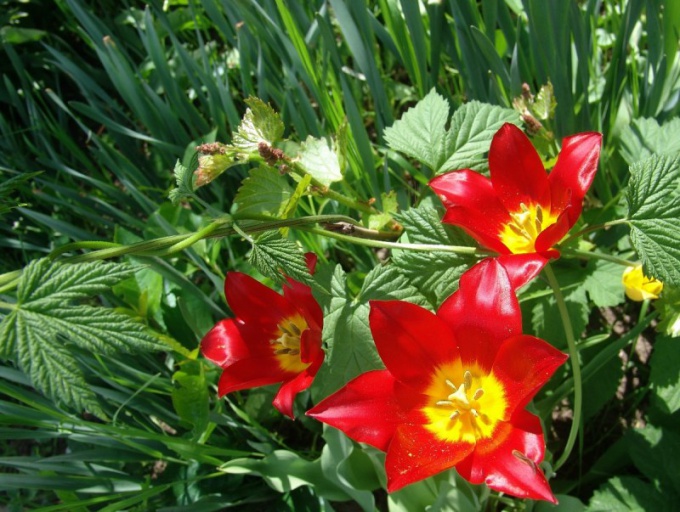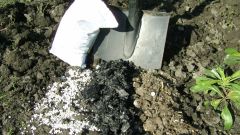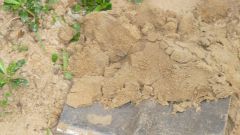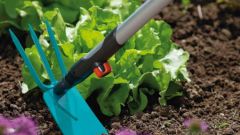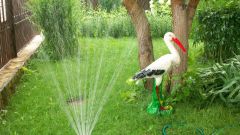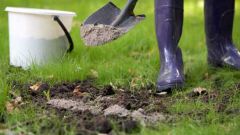Instruction
1
In the same garden area can grow crops that prefer acidic soil, neutral or slightly alkaline. Therefore, it is advisable to divide the area into zones and treat the soil, depending on kind of crop you plan to grow here.
2
Prefer acid soils sorrel, potatoes, blueberries, rhododendrons. On moderately acidic feel good raspberries, strawberries, gooseberries, tomatoes, carrots, pumpkin. Peas, beans, rose hips, onions, cucumbers, need slightly acidic and neutral soils. But currants of all kinds, any cabbage, red beets grow well in the ground with a slightly alkaline reaction.
3
There are indirect signs of high soil acidity, for example, the growth of weeds indicators of plantain, dandelion, horsetail, sorrel, Popovica. In slightly acidic and neutral soils grow wheat grass, field bindweed, clover.
4
The exact degree of acidity of the soil can be determined using a special device, which determines the pH-reaction. Such devices are sold in specialized stores for gardeners. The lower the pH the higher the acidity of the soil.
5
To neutralize the reaction of the soil with slaked lime, chalk, dolomite or ash. If the pH< 3,5, required approximately 300 g of chalk per sq. m; if less than 4.3, then make 200 g of chalk per sq. m. of Ash consumed 2 times more than chalk or lime. To make the lime needed for the autumn or spring digging time in 6 years. After a year, check the acidity of the soil and, if necessary, repeat the liming.
6
On sandy soils to reduce the acidity is better to use dolomite flour. It not only neutralizes the pH, but also enriches the earth with calcium and magnesium.
7
You should not apply manure at the same time with lime or ash, as this nitrogen is converted to ammonia and volatilized, which, of course, reduces the effectiveness of organic fertilizers. To avoid this, sprinkle the lime evenly over the area and seal it with a rake to the soil. Then add manure and dig the ground under the bayonet of a shovel.
